Unknown Destination: The Disappearance of Federal Fugitive and Aircraft Hijacker Catherine Marie Kerkow
On June 2, 1972, Catherine Marie Kerkow and her boyfriend Willie Roger Holder hijacked Western Airlines Flight 701 from Los Angeles to Seattle and flew to Algeria. She remains wanted to this day
Background
In his 2013 book “The Skies Belong to Us,” author Brendan Koerner refers to the years between 1961 and 1973 as the “golden age of aircraft hijacking,” with the November 1971 hijacking and subsequent disappearance of D.B. Cooper being the most well-known case.
Between 1968 and 1972, more than 130 planes were hijacked in the United States alone. Some hijackers wanted money, others wanted to make political statements, and many simply demanded flights to Cuba. Airports at the time had almost no security, as passengers could walk straight to the gate without passing through metal detectors or undergoing ID checks.
On June 2, 1972, the longest-distance skyjacking in American history occurred when 20-year-old Catherine Marie Kerkow and her 23-year-old Vietnam vet boyfriend hijacked Western Airlines Flight 701 from Los Angeles to Seattle and flew to Algeria.
Kerkow went from being a free-spirited hippie to one of the FBI’s most wanted fugitives. More than fifty years later, she has never been found. So, how did an ordinary young woman become part of one of the most daring hijackings of the 1970s and then disappear?
Early Years
Catherine “Cathy” Marie Kerkow was born on October 6, 1951, in the quiet coastal town of Coos Bay, Oregon. At the time, Coos Bay was riding a post-war economic boom, having been known mostly for its timber industry and working-class roots.
The oldest of four children, Cathy, as friends and classmates called her, attended Marshfield High School in Coos Bay. Kerkow was a gifted track star and was a classmate of the famous long-distance runner Steve Prefontaine.
A former teacher described her as “quiet and unobtrusive,” with others remembering her as an “all-American girl” who regularly attended church. However, when her father Bruce left the family, the trajectory of her life seemed to change. By early 1972, not long after high school, she left Coos Bay behind and headed to San Diego.
The Counterculture
In San Diego, Cathy took a job at a massage parlor and seemed to thrive in the new environment of freedom and adventure. She began to embrace the cultural changes of that time, which included the Vietnam War protests, the civil rights movement, and the rise of counterculture.
One day in January 1972, she received a knock on the door while she was taking a shower. She quickly put on a robe and answered the door, where she was met with a tall, slim Black man with short hair and neat sideburns.
The man asked if her roommate, Beth Newhouse, lived there. Cathy told him yes and that Beth was probably out shopping at the drugstore. He then left without saying anything. After the man left, Cathy had a strange feeling that she had met him before, but couldn’t remember where.
About twenty minutes later, Beth returned with the same man. This time, he was more polite. He introduced himself as Roger Holder. After introducing himself, Kerkow didn't want Holder to leave just yet, not while she was still trying to piece together why he looked so familiar. After the three of them shared a joint, Holder invited Cathy to join him for breakfast a few days later.
During that first date, Holder mentioned he recognized her from somewhere. Cathy remarked that she had thought the same thing. Eventually, they realized that they had met years earlier as children in Coos Bay, back when Holder’s family briefly lived there. That realization sealed a strange sense of fate between them as meeting Cathy in San Diego gave Holder an anchor.
Willie Roger Holder was born in 1949 in Jacksonville, Florida. The son of a career Navy man, Holder’s father was posted to Coos Head Naval Facility in 1959, and the family briefly lived in Coos Bay. However, at the time, the Holders were one of the only black families in the area, and were subjected to severe hostility and racial discrimination, eventually forcing them to move.
Roger would follow his father into the military, enlisting in the U.S. Army and being sent to Vietnam. While there, he encountered disciplinary issues and was eventually discharged from the Army. The psychological trauma of war and the resentment he harbored left him disillusioned and bitter toward the government he had once served.
The early 1970s were a time when the U.S. was deeply fractured. The Vietnam War had reached a boiling point, filling the nightly news with casualty numbers and sparking massive protests on college campuses. The Civil Rights Movement of the 1960s had given way to a louder, angrier wave of Black activism, with groups like the Black Panther Party demanding systemic change and often being portrayed by the government as enemies of the state.
Cathy and Roger found themselves swept up in this mix. Together, they began to see themselves not just as lovers but as potential revolutionaries in a world that felt like it was cracking apart. Holder found in Cathy not just a companion, but a co-conspirator for something bigger.
“Operation Sisyphus”
.By the spring of 1972, Cathy and Roger had become more radicalized in their beliefs, and Roger had concocted a plan that he called “Operation Sisyphus.” The plan was to hijack a plane, demand the release of activist Angela Davis, a UCLA professor and black militant who was in jail facing conspiracy charges, fly her to North Vietnam, then escape.
By June 1972, Roger Holder’s big idea was no longer just talk. Holder felt freeing Davis meant striking a blow against what he saw as a corrupt system. To Cathy, it meant standing by the man she'd fallen for and maybe living a life bigger than the small-town Oregon roots she’d left behind.
On the morning of June 2, 1972, Cathy Kerkow and Willie Roger Holder boarded Western Airlines Flight 701. The flight was scheduled to leave Los Angeles International Airport (LAX) for Seattle, Washington, with a stopover in San Francisco. At the gate, Cathy and Holder blended in with the other 97 passengers. Holder carried a black Samsonite briefcase. Cathy smiled and kept calm, looking like any other traveler.
Inside the cabin, Holder chatted with a seatmate, an auto-salesman from Seattle. As the plane climbed, Holder became tense. He ripped out a half-written note on yellow legal paper.
With shaky hands, Holder swapped his briefcase for a smaller case, then ducked under the curtain and stepped into the galley. The flight attendants were in the middle of their lunch when he said, “I need to show you something.” He placed two index cards on the counter for one of them to read. Then he opened the briefcase.
Inside sat an alarm clock wired to what looked like explosives, but in reality, it was a carefully arranged set of fake components. To the crew, though, it looked real enough to blow the plane out of the sky. The flight attendants froze. Holder stayed calm with his voice steady, saying, “I don’t want to hurt anyone. But this is a bomb. There’s a concussion grenade in here and eight slabs of C-4."
Holder was escorted into the cockpit. Captain Jerry Owen, First Officer Fred Jones, and Flight Engineer Gerry Tinker turned to face him. Holder introduced himself politely, even shaking the captain’s hand. He explained that he was working under orders, that the Weather Underground had kidnapped his children, and that this hijacking wasn’t his idea. It was a story he’d rehearsed to make himself seem less like a criminal and more like a pawn in someone else’s game.
Cathy, sitting close by, quietly backed him up, making it clear that she wasn’t just a passenger caught up in this but part of it. Over the radio, Holder relayed his terms. He wanted the plane diverted to San Francisco International Airport. He demanded $500,000 in cash to be delivered immediately on the tarmac. But that wasn’t all. Holder insisted that Angela Davis be freed from jail and flown with them to Hanoi, North Vietnam. He insisted that once they had the money, the plane would be flown overseas.
The airline and authorities knew they had little choice but to comply with at least part of the request. When the plane landed in San Francisco, Western Airlines delivered the half-million dollars in cash -without Davis- and placed it on the steps of the jet. In exchange, the hijackers released half the passengers in San Francisco, then crossed the country and released the other half in New York, where the plane was refueled.
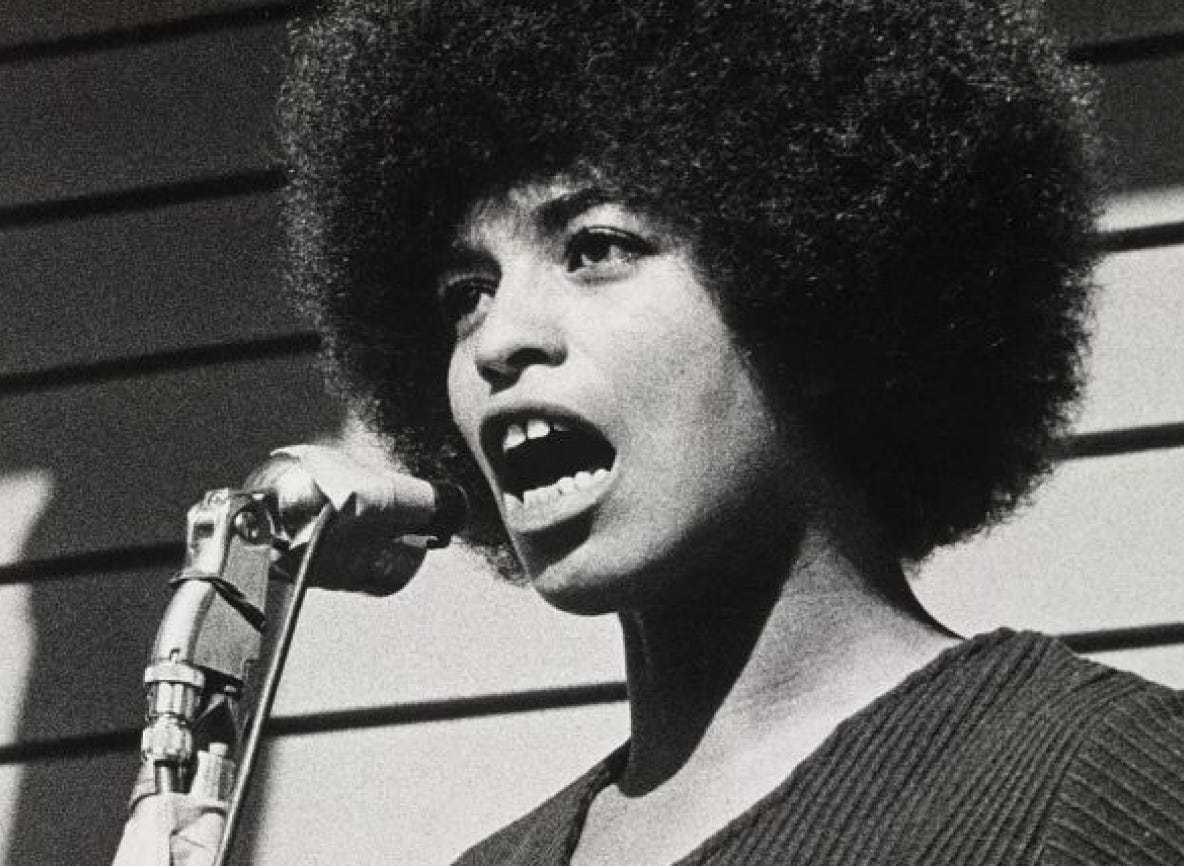
Now, with only the crew, the cash, and their false bomb, Holder and Kerkow ordered the plane to take off again. However, their new destination was now Algiers, Algeria, a country with a reputation for offering political asylum to radicals and revolutionaries.
By the time the African coast came into view, the hijacking had stretched nearly 24 hours.
Life in Exile
Algiers had recently gained independence from France and was carving out a reputation as a safe haven for political dissidents, Black Panthers, and other radicals from around the world. After stepping onto Algerian soil, officials detained the pair briefly, quarantined them, and secured the $500,000 ransom that had accompanied their arrival.
The state held the cash while the couple was separated for interviews. Eventually, they were processed through official channels, grilled by security services, and released to Black Panther representatives. The International Section of the Black Panther Party was headquartered in Algeria and led by Eldridge Cleaver.
The Algerian government decided to return $488,000 of the ransom to U.S. officials, while granting the couple political asylum. They were surrounded by other Americans who had fled the States, caught in the global swirl of radical politics. Cathy was now living halfway across the world as an international fugitive.
However, in a phone interview that Holder did with an Oregon newspaper, he confided that he and Kerkow feared that they would be killed by “shadowy establishment forces” targeting the revolutionaries.
By January 25, 1975, Holder and Kerkow had quietly left Algeria and surfaced in Paris, France. However, France's welcome wasn’t as warm. The pair tried to enter the country using fake passports, adopting the names Leavy Forte and Janice Ann Forte. But it didn’t work. French police arrested them almost immediately on charges of illegal entry.
When the U.S. demanded extradition, the French courts were faced with a thorny decision. After months of legal back-and-forth, the French judges ruled in April 1975 that hijacking was a “political offense” and, under French law, political crimes weren't grounds for extradition.
Holder and Kerkow parted ways sometime in 1977 after she told him that she was going to Switzerland to acquire fake documents. After that, he never saw her again. Reportedly, Holder’s mental state began to decline, and finally, in 1986, he returned to the United States and spent two years in prison. He died in 2012 at the age of 62.
Possible Whereabouts of Cathy Kerkow
Since that day in April 1975, when a French court denied the U.S. request to extradite Cathy Kerkow, she became, in the eyes of the American justice system, an official fugitive. A federal arrest warrant was issued by the Eastern District of New York on June 5, 1972, charging her with air piracy, the crime of hijacking a plane.
That warrant remains active to this day. As far as the FBI is concerned, she’s been on the run for over 50 years. Over the decades, investigators believed she might have established connections stretching across continents.
They speculated that she could be in either Oregon, her birthplace and early home, or France, her last known legal haven. Switzerland, Algeria, Jordan, and Cuba were also possible locations where she might have fled to, according to the bureau.
In 2022, to mark the 50th anniversary of the hijacking, the FBI renewed its appeal on social media, posting her wanted notice once again and asking the public for any tips that could help locate her.
Closing Thoughts
Catherine Kerkow’s case stands as one of the longest unsolved fugitive stories in modern history. It shows how a single decision made in youth can chart the course of an entire life. To some, she remains a dangerous criminal who has escaped justice. To others, she is a symbol of how easily ordinary people can get swept up in radical times and extraordinary events.
What cannot be denied is that her absence leaves a shadow. A plane was hijacked, lives were put at risk, and justice has never been served.
Sources:
Oregonian/OregonLive, Douglas Perry | The. “How Coos Bay’s ‘all-American Girl’ Became a Daring Skyjacker, Then Disappeared into 1970s Underground.” Oregonlive, 16 Sept. 2019, www.oregonlive.com/history/2019/09/how-coos-bays-all-american-girl-became-a-daring-skyjacker-then-disappeared-into-1970s-underground.html
Field Office. “Catherine Marie Kerkow | Federal Bureau of Investigation.” CATHERINE MARIE KERKOW, 1972, www.fbi.gov/wanted/dt/catherine-marie-kerkow.
Heard, Alex. “The Skies Belonged to Them.” Outside Online, 12 May 2022, www.outsideonline.com/culture/books-media/skies-belonged-them/
Wolfgang, Saxon. “EX-BLACK Panther Extradited to U.S. - The New York Times.” EX-BLACK PANTHER EXTRADITED TO U.S., 1986, www.nytimes.com/1986/07/27/nyregion/ex-black-panther-extradited-to-us.html
Aaron, Mesh. “Steal This Plane.” Willamette Week, 2013, www.wweek.com/portland/article-21107-steal-this-plane.html
Khalid, Elhassan. “Quirky Founding Fathers and Other Bonkers Bits of American History.” History Collection, 2020, historycollection.com/maniac-founding-fathers-and-other-bonkers-bits-of-american-history-and-war/




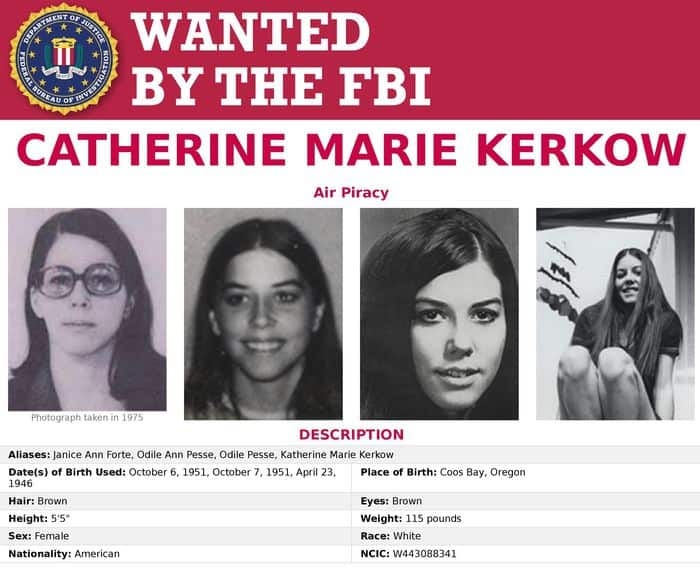
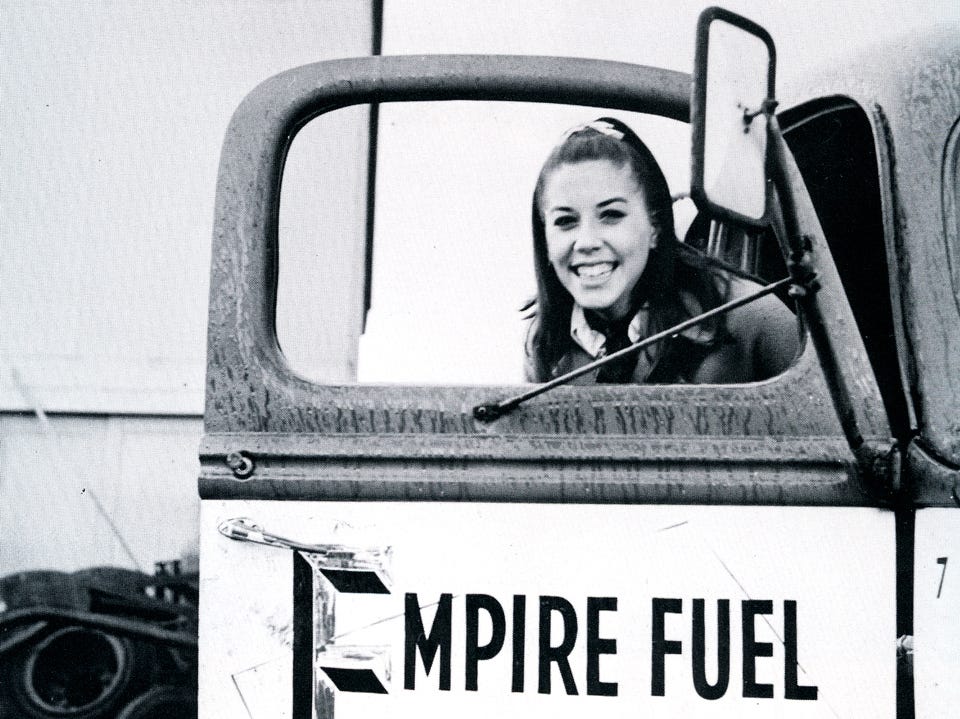
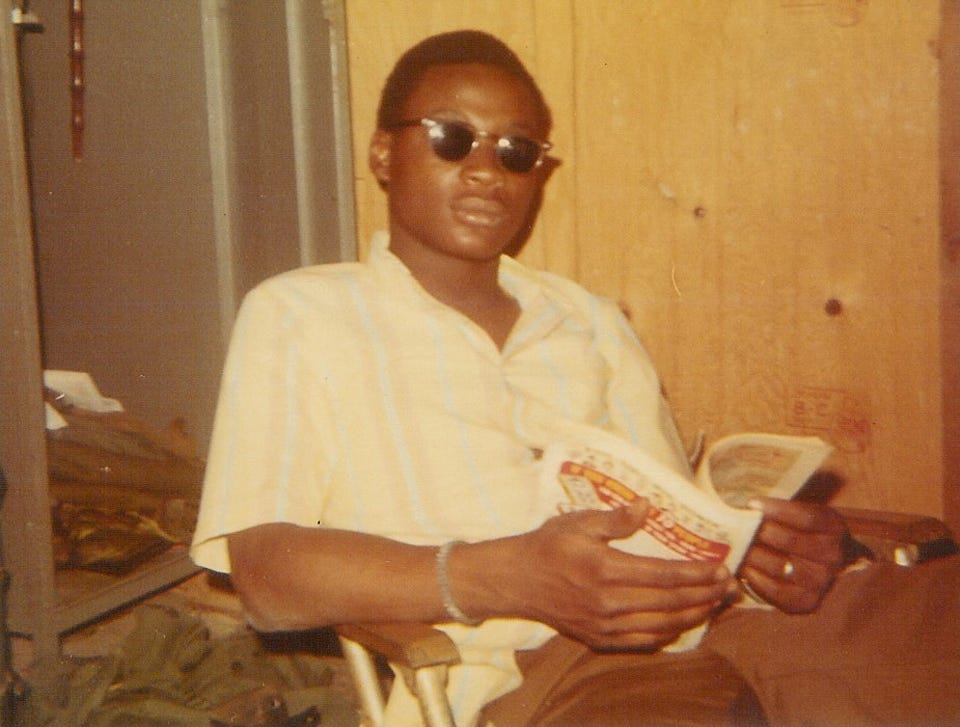
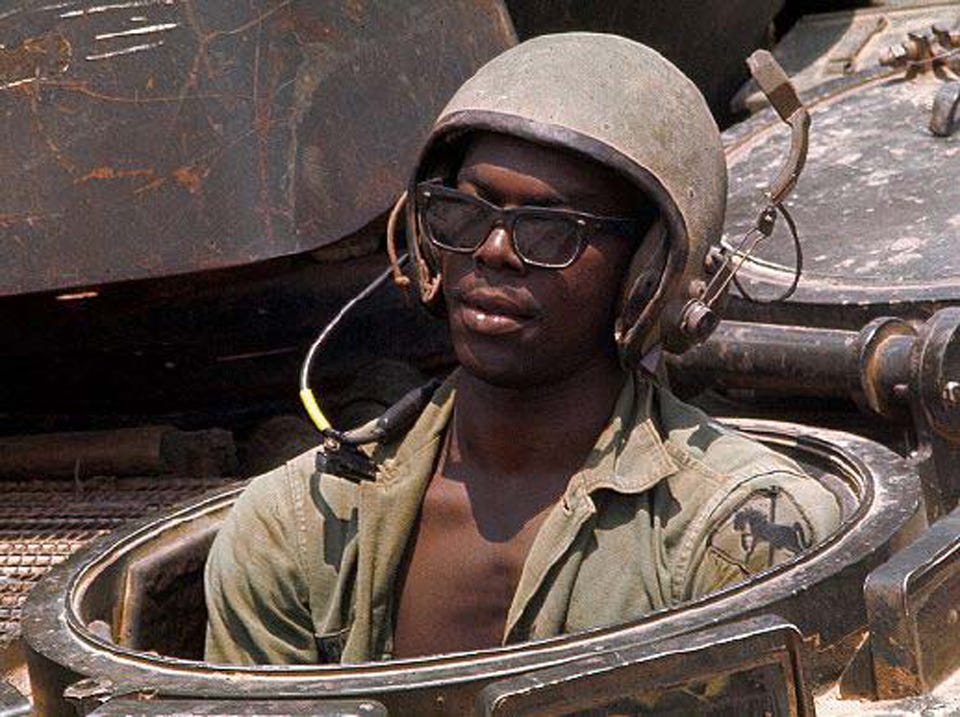

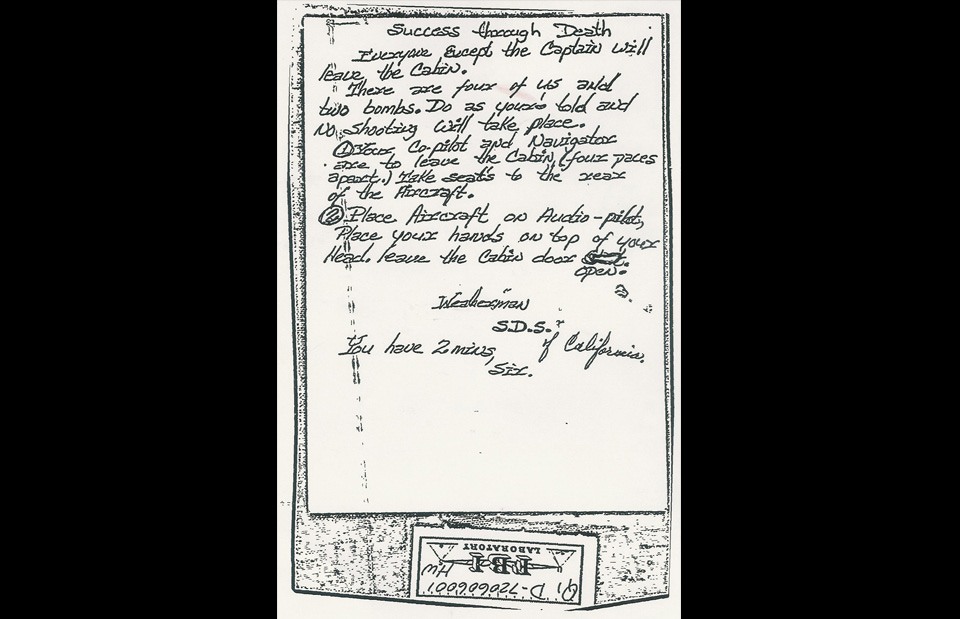
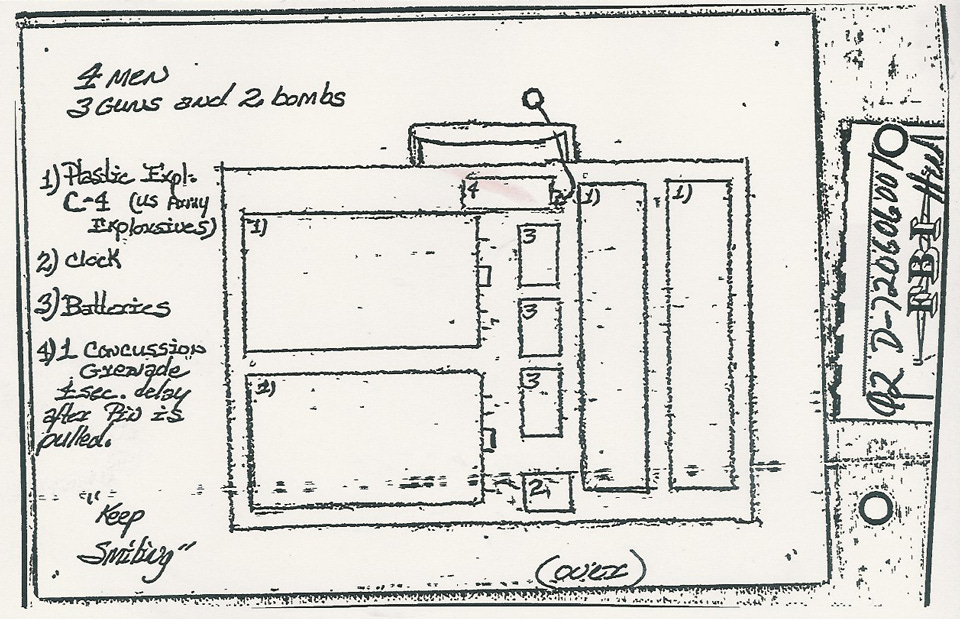
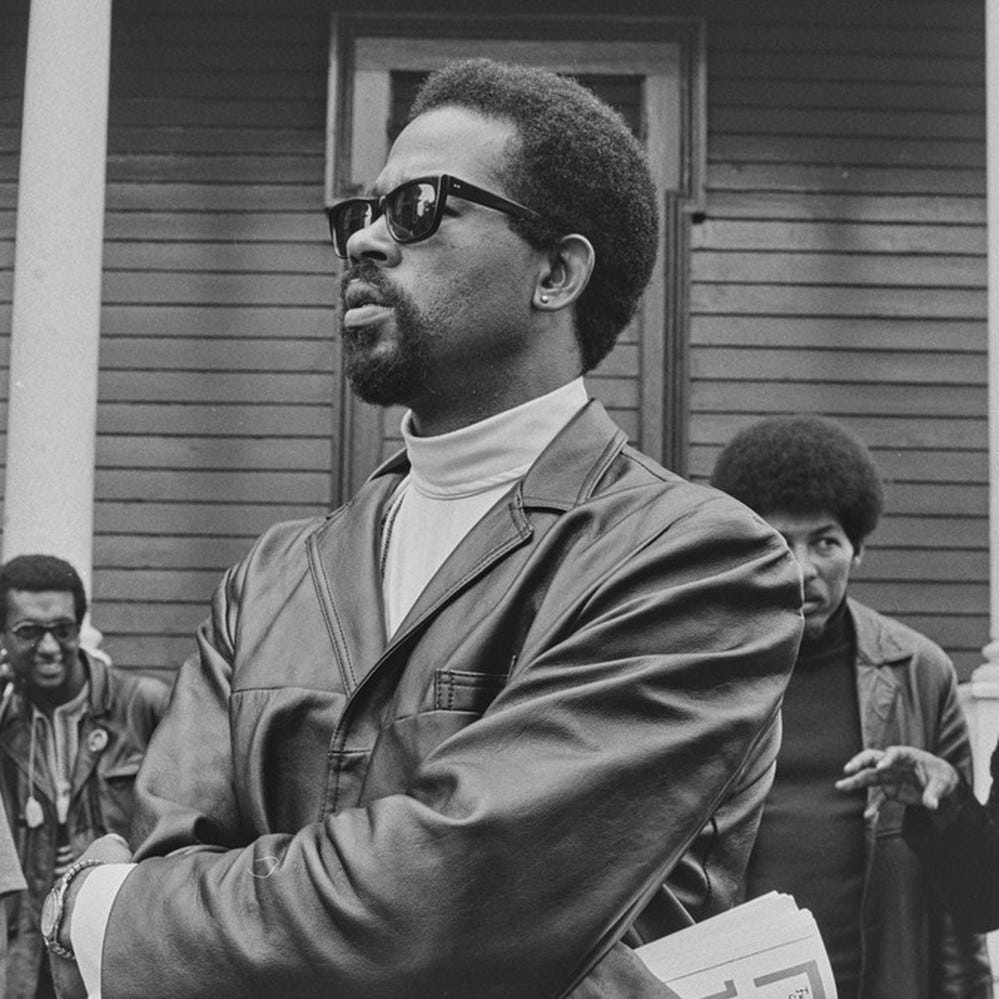

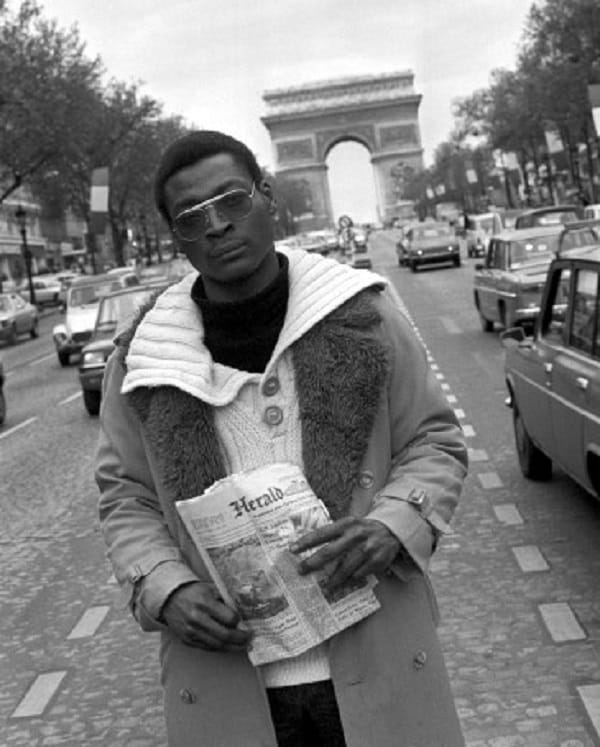

Also, it’s well written Mate. Because of the consideration you place on how you make one decision and it can lead somewhere else. And how people are in the same act but for different reasons. The official views of history are so lame and so shallow, they don’t talk about the depth of the human heart And soul.
I would hope that she woke up to herself, saw that what she did was wrong, and use that information to alter herself and grow, and bring that growth into those around her. And, having grown, raised to family with some Swiss man… perhaps on a mountain ….perhaps by a stream.